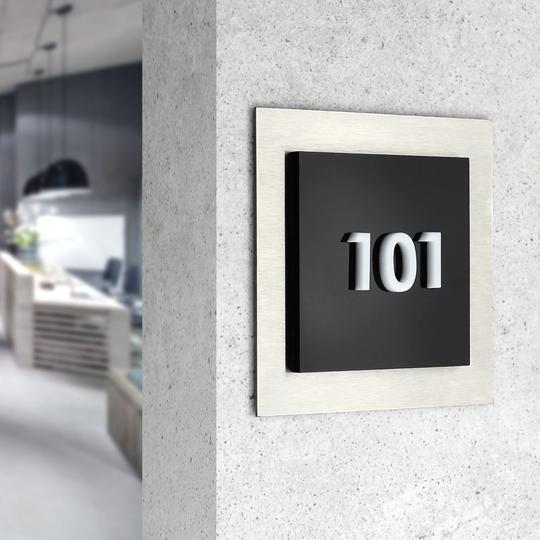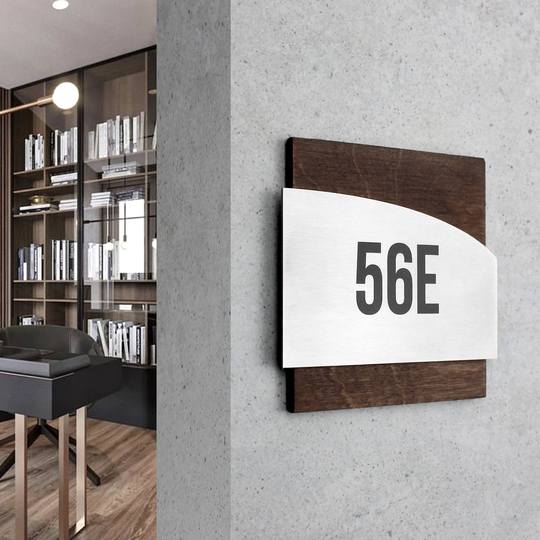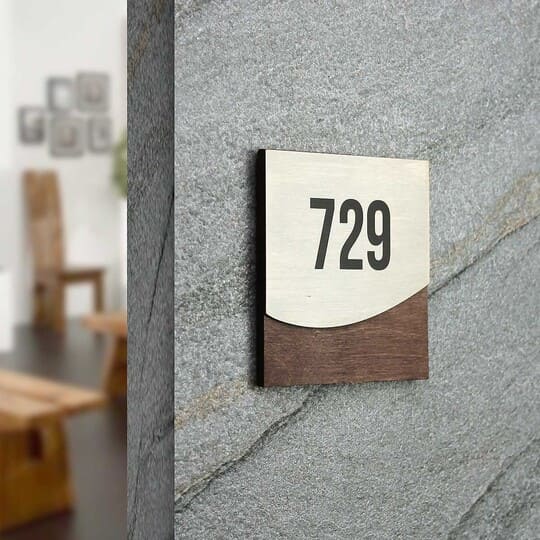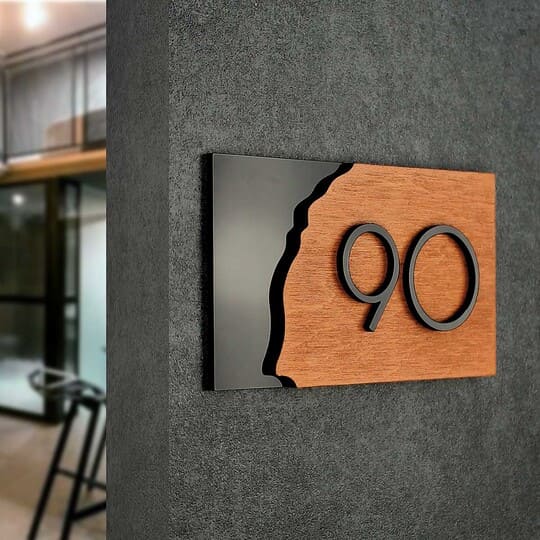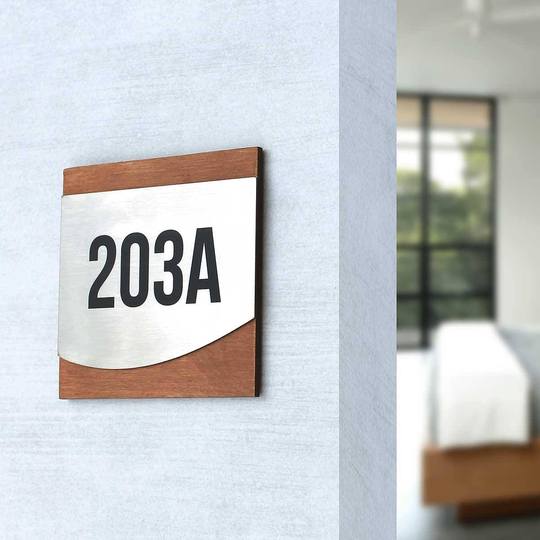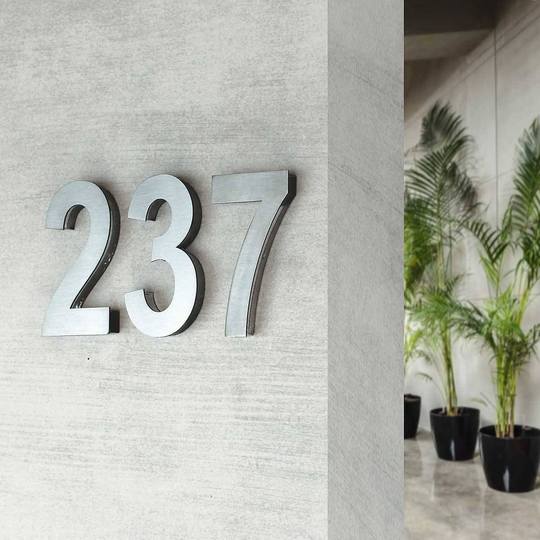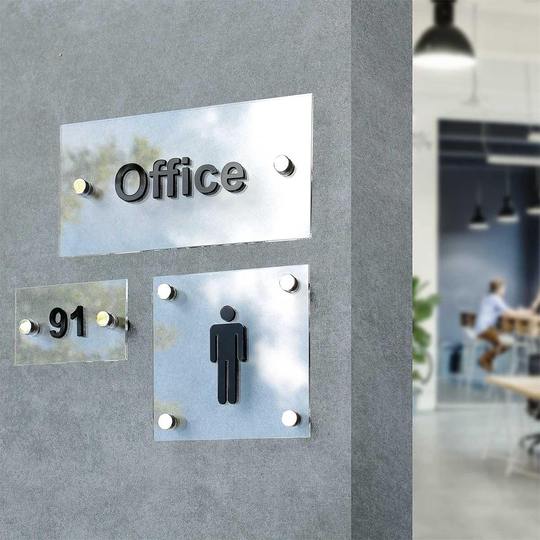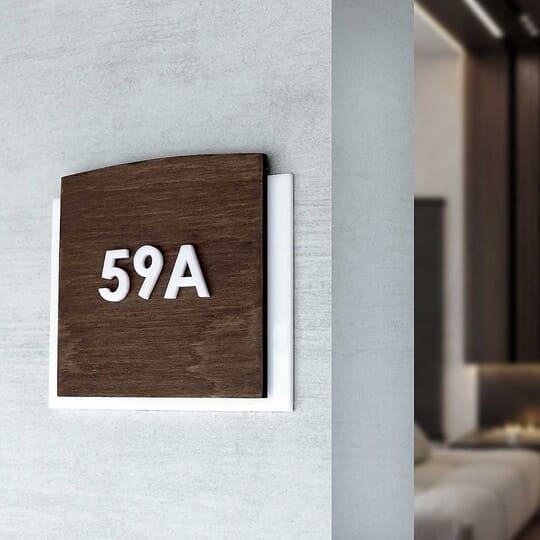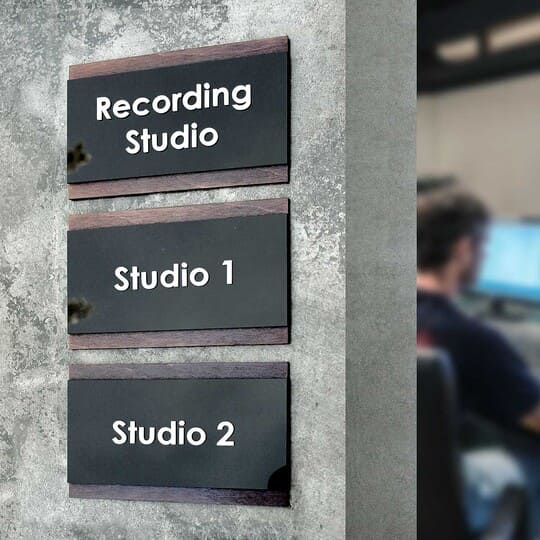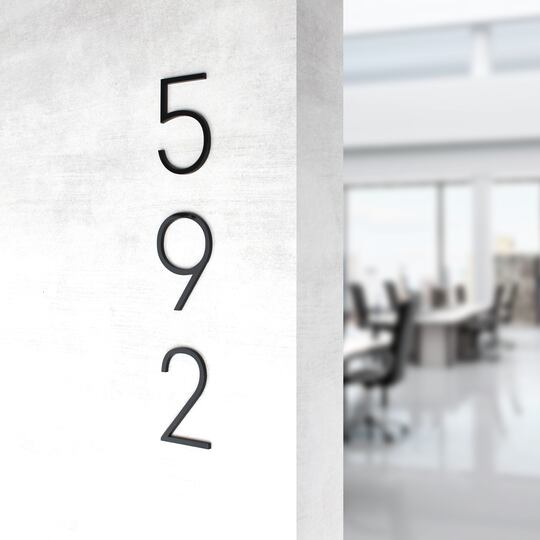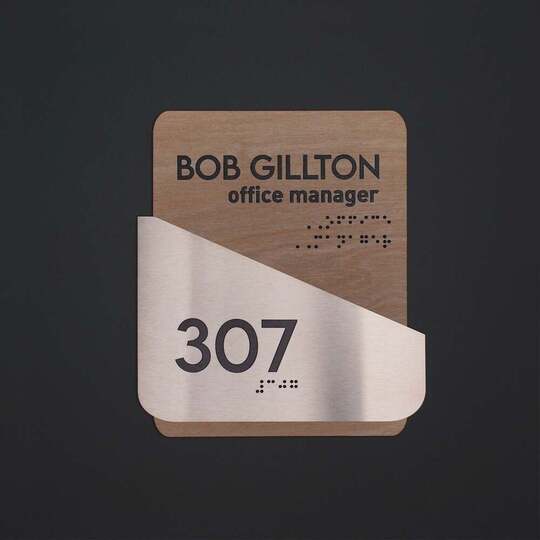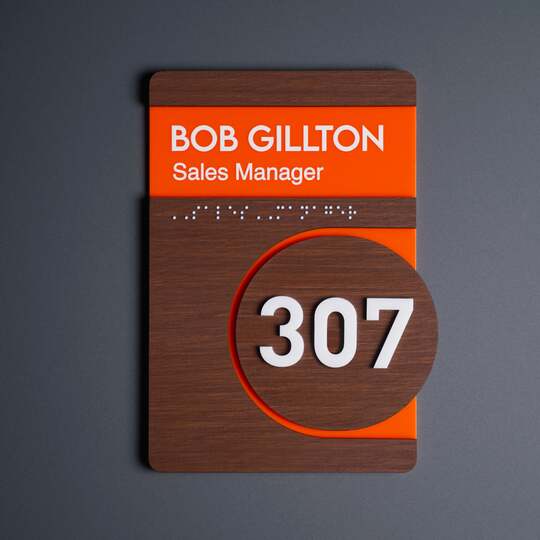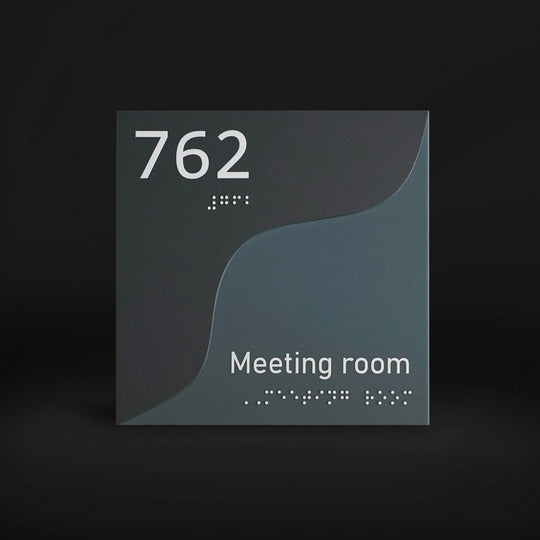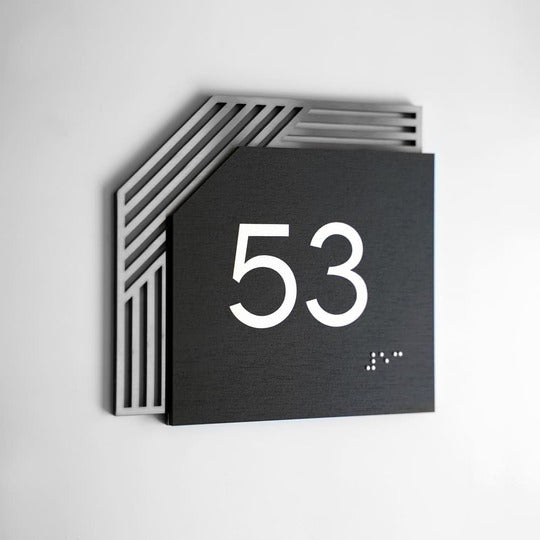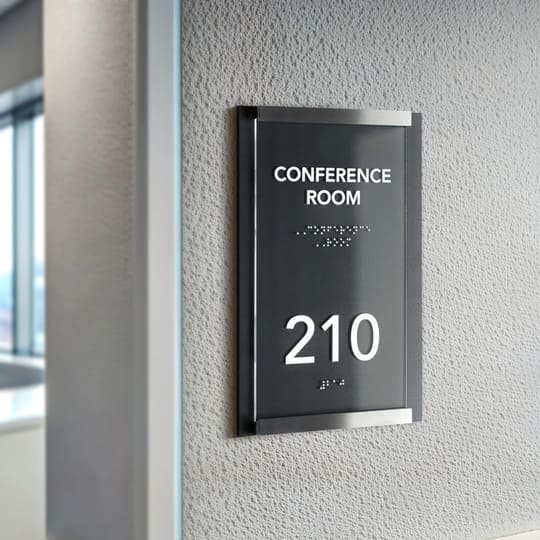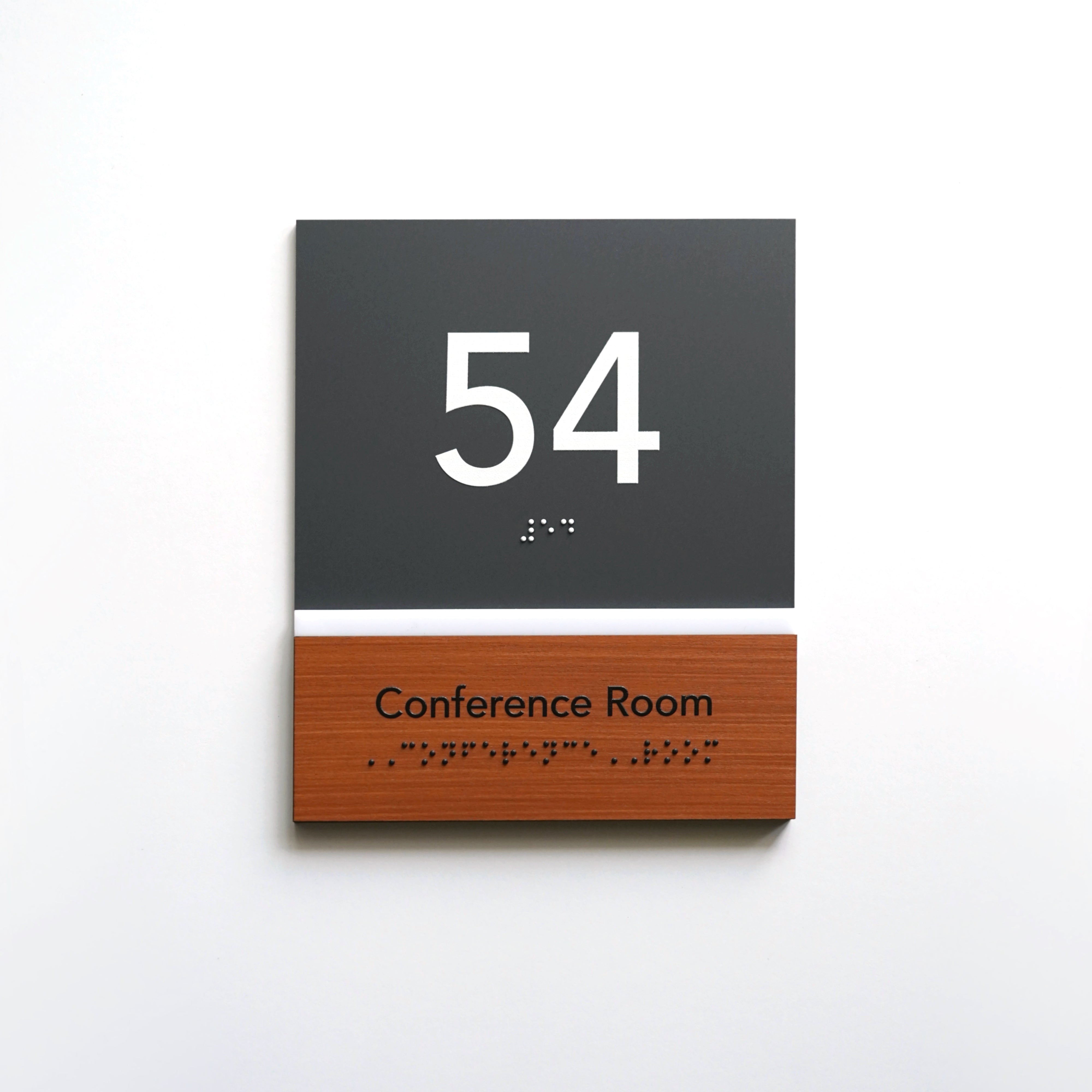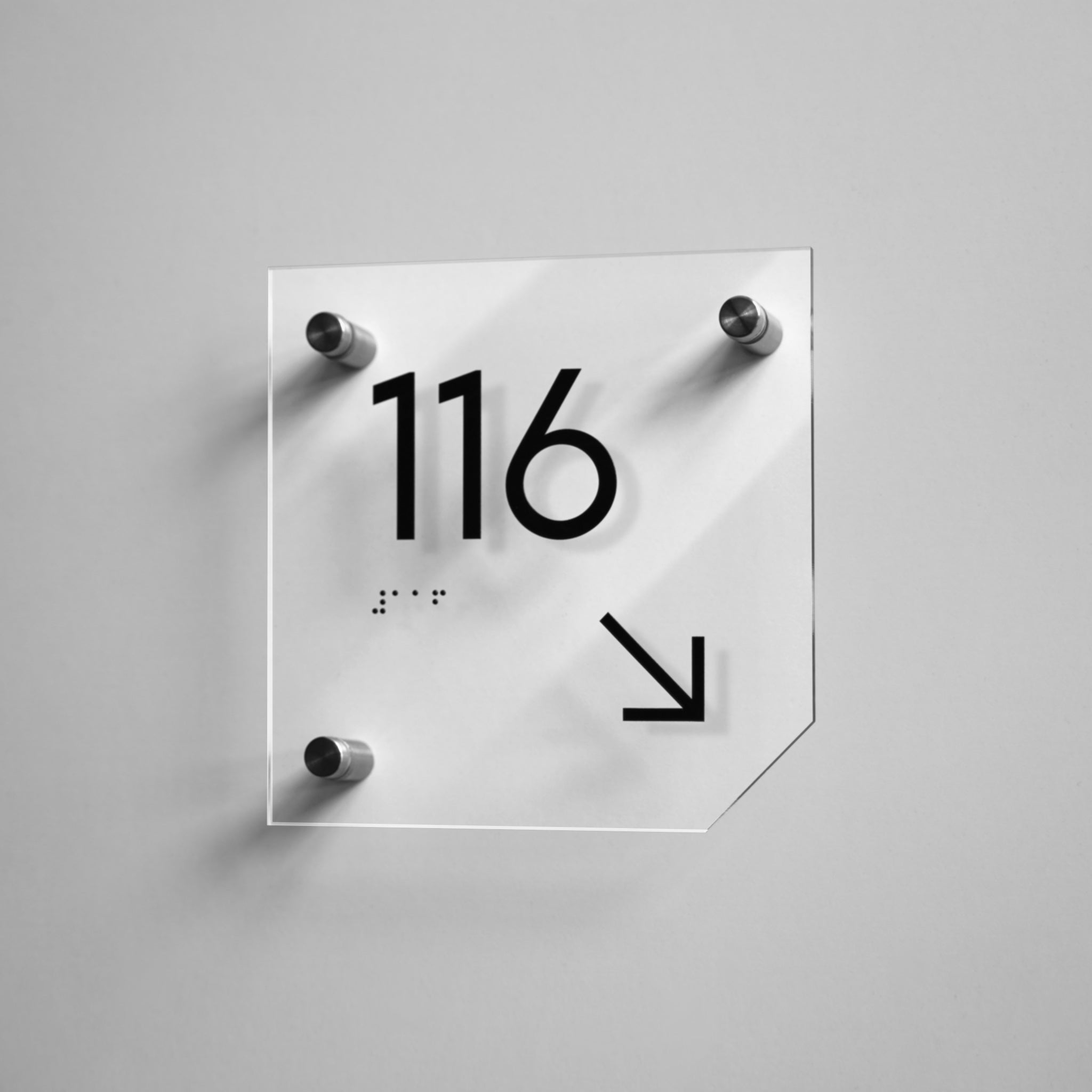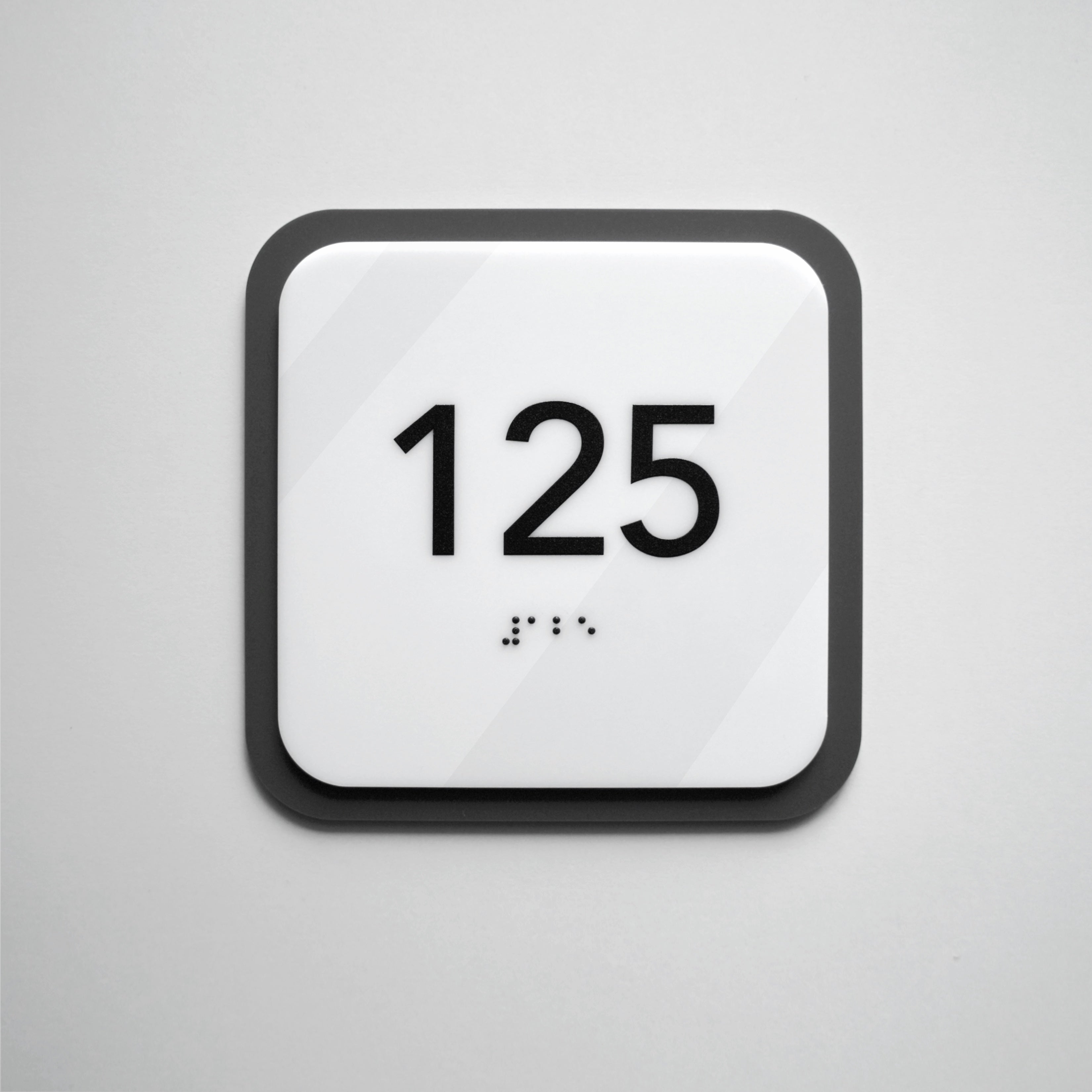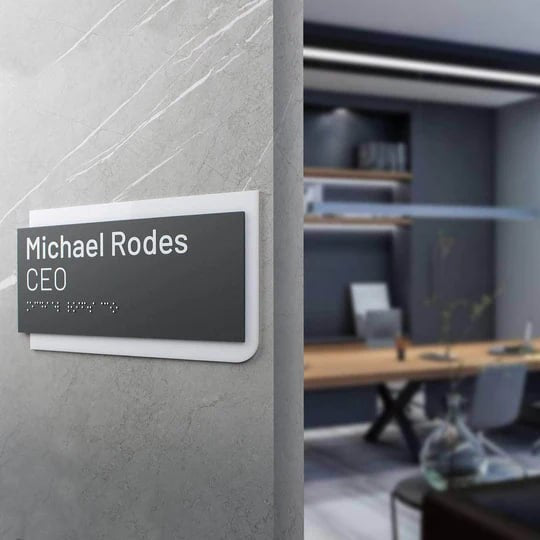
Restaurant signs: how to make a lasting impression at first glance
In the hospitality industry, first impressions matter deeply. A restaurant isn’t just about food. It’s about emotions, atmosphere, service, and the feelings guests carry with them after they leave. And often, it’s the very first few seconds inside the space that define whether the experience will be a positive one. As soon as customers walk through the door, their eyes scan the surroundings — the entrance design, the lighting, the placement of elements. Together, these details form a positive first impression — one that lingers subconsciously and can strongly influence whether a guest wants to return.
The moment guests step inside, their eyes instinctively take in the smallest details: the texture of the walls, the lighting, the furniture, and the visual harmony of the space. And signs for restaurants and cafes are no exception. They can be almost subtle, but this is a hallmark of a well-made design. Because when everything works in unison, the visit becomes a memorable experience. In this article, we’ll explore why the design of signs is a key element of branding, aesthetics, and visual communication in restaurant spaces.
In a restaurant, there are no minor details
Guests don’t wait for the waiter to assess your service — that process begins the moment they step inside. They notice how visually organized the space is: whether it looks tidy, whether the navigation feels intuitive, whether the signs offer clear direction from the outset. Thoughtfully placed door signs, restroom markers, or cloakroom labels send a message: you were expected. It's personal attention that creates a positive first impression.
Delicious food alone isn’t enough to bring a guest back. What truly resonates is the emotional connection with space. It is the attention to detail that shapes a deep and lasting impression. In an industry where every square meter of the space contributes to how a brand is perceived, anything that feels out of sync visually is immediately felt — and not in a good way.

Custom restaurant signage is an extension of the interior design
The visual appeal of a restaurant interior isn’t just created by furniture, decor, or lighting. It’s the interplay of all elements that come together in a cohesive design. And these signs are an important part of this composition. Small in size, yet significant in effect, well-designed signs contribute to the overall visual balance of the space. When signs are out of sync with the space, it’s immediately noticeable — and often subconsciously suggests a lack of attention to detail.
In fact, signs are often the first clue to the guest about the restaurant’s design philosophy. Whether it’s an elegant brass sign on the facade or a minimalist acrylic sign in the style of "less is more" by the restroom door, each communicates a piece of the brand’s character. Restroom door signs, though small, often reflect the same thoughtful aesthetic and contribute to the overall atmosphere. These elements form a silent language — one that allows the space to speak to the guest.
Interior signage is part of aesthetics, not just a navigation tool. Custom restaurant signs are designed to match a variety of interior styles — loft, minimalism, art deco — with tailored solutions for each. Stylish signage made of quality materials aren’t just about looks; it’s about reinforcing the brand’s values through subtle, tactile detail. And in the competitive world of hospitality, those details matter more than ever.
A well-chosen sign can highlight the architectural features of the space, complement the decor theme, and even set the emotional tone for the entire visit. It’s also a chance to showcase individuality: whether through unique shapes, engraving, natural textures, or integrated lighting elements. It's all about creating an exclusive environment that guests will remember and want to return to. That kind of impact comes from thoughtful attention to the signage materials, their design, and role in the overall perception of the space.

Directional signs: comfort for guests
In the service industry, it’s not just the quality of the food that matters — it’s also how effortlessly guests can move through a space. This is where wayfinding signs begin to play a key role. More than just providing information, these signs help ease any uncertainty for visitors. When directions are clear at first glance, guests shift from feeling hesitant to feeling confident. And that emotional transition has a direct impact on how they perceive the entire venue.
Well-designed wayfinding signs ensure seamless navigation. They answer questions before they’re asked: Where’s the restroom? Which way to the exit? Is there a cloakroom? Restaurant exit signs, in particular, guide people with subtle clarity and reinforce the sense of safety. Intuitive signs reduce stress and save staff members from unnecessary explanations. Potential customers feel cared for even through such trifles. No wonder high-quality wayfinding signs are often credited with lowering visitor anxiety.

Signage materials are the foundation of durability
In a restaurant, every element should "work for the brand" — from the menu to the design of the restrooms. Yet, signs materials are often overlooked. And that’s a mistake. The quality of materials convey the level of quality with which the guest associates the institution.
Material selection determines everything. This forms the basis not only of visual appeal but also of how long your aesthetic signs remain presentable. We work exclusively with materials that maintain their appearance, resist wear, and even look better over time.
-
Wooden signs add warmth, authenticity, and a natural touch. They blend perfectly with textured walls, wooden furniture, or natural materials.
-
Stainless steel signs embody modern aesthetics, sleek simplicity, and lasting durability. Resistant to corrosion and easy to maintain, these signs exude sophistication.
-
Acrylic signs open the door to bold choices in color, shape, and typography. They are especially relevant for modern, dynamic interiors.
We avoid disposable materials — like plastic, polystyrene, films, or faux-metal finishes. These solutions degrade quickly, losing their appeal within weeks and failing to reflect a commitment to quality. Durable signage, in contrast, strengthens brand identity and serves as an investment in long-term excellence.

Cohesive design: the power of unified details
Coherence is important in the interior. Even a single discordant element can disrupt the overall impression. The same applies to signs: rather than standing out, they should enhance the overall style of the space. If each element looks like it's from different projects, guests notice immediately — even if they can’t quite pinpoint why something feels "off".
The most striking visual experiences come from the unity of style. When signage details — from logos to typography — align with a singular design language, they create harmony. No mismatched fonts, clashing colors, or unnecessary borders. This is what distinguishes effective signage: they don’t scream for attention, yet they become part of a visual experience guests want to relive.
This is what holistic design looks like — when every sign seems to be specially created for the space, not simply taken from a generic store shelf.

Interior signage as a gesture of care
In hospitality, care lives in the details. Information signs are no exception. Even before guests interact with staff, signs communicate a sense of personal attention. The guest sees that he has been thought of: he does not need to search for help or wander through confusion in space — everything is intuitive, beautifully designed and logically placed. Even discreet touches like wardrobe signs contribute to this seamless experience.
At high-end restaurants, every little thing says, "we've been waiting for you". Aesthetic signs convey this concern. The guests understand that their comfort is not an accident, but part of a well-thought-out concept. And that, ultimately, is what turns first-time visitors into devoted patrons. This is how trust and a lasting impression are formed, which is eventually transformed into loyalty.
Signage design for restaurant as a branding tool
Successful restaurants aren’t built on great cuisine or prime location alone. They thrive on how the brand communicates with guests at every level — visual, emotional, and functional. This is where the design of signs becomes a branding tool that can enhance or destroy the image of the restaurant.
When signs are created with taste, unified in style, and crafted from premium materials — this is subconsciously perceived by the customer as a hallmark of quality. This approach forms the consumer's view of your business as reliable, attentive to details, with a high culture of service.
From a business standpoint, effective signs work on the perception of the brand. They do more than point the direction, they create a lasting impression of the venue. And as you know, a brand is not what you say about yourself. A brand is what stays with the customer after they’ve walked out the door. More often than not, those "little things" turn out to be the deciding factor.

Restaurant signs are a marketing asset
Marketers often say: if it can’t be measured, it doesn’t work. But that rule doesn’t quite apply to visual communication and atmosphere of the institution. After all, aesthetics, convenience and impressions are emotions. And it's exactly emotions that bring guests back.
You can’t track a conversion rate from a sign, but you can feel its impact: the guest remembers the atmosphere, emotion, and interior. This is a form of visual communication that works without words, yet conveys a clear message: "You’re welcome here. We’ve thought of you". This creates a welcoming atmosphere that takes the visiting experience to a new level.
When the signage details are created with attention and aesthetics, they not only help guests navigate but also become silent ambassadors of your brand. In combination with other design elements, they create an unforgettable experience that encourages guests to recommend the establishment to others. Word-of-mouth is still the most powerful marketing in any business.
First impression importance — the details decide everything
The best restaurants are about an experience that starts at the threshold and lingers long after the meal. Often, it’s the finishing touch of a well-chosen sign that seals the emotional aftertaste. This is an almost invisible, but very powerful form of influence on the experience of customers.
Potential customers often do not realize why they liked this place. But restaurant owners know it's all about the attention to details. When a sign for a restaurant looks appropriate and complements the space, it fulfills its true purpose: it integrates into the overall aesthetics and enhances the atmosphere. This is how that elusive "wow effect" is born, that leaves a lasting impression without demanding attention.
And this is the best compliment for the hospitality industry: when guests are not just satisfied, but feel genuinely welcomed. And they are eager to return.

In conclusion: signs are a strategic solution
Signs for restaurants are not just a functional necessity — it’s a core part of the customer experience. By investing in durable signs, you're investing in comfort, customer experience, a welcoming atmosphere, and a consumer perspective on your brand. It is these details that form a full-fledged image of the space, to which guests want to return again.
Never underestimate small elements — they create the biggest impressions. That’s why commissioning aesthetic, high-quality signs is a smart way to set your venue apart.
Need advice or custom-tailored solutions? Get in touch with our team — we will help you select, design and craft eye catching signs that will work overtime for your brand.
